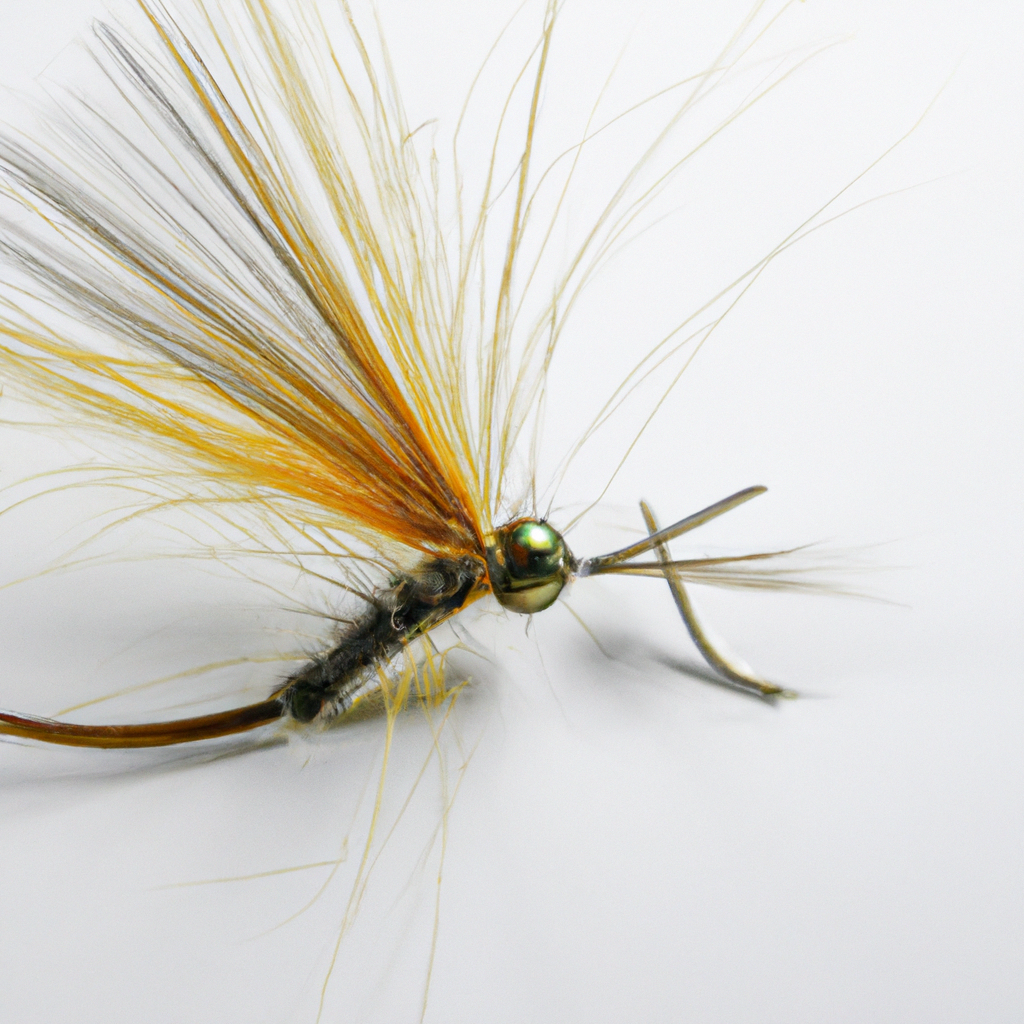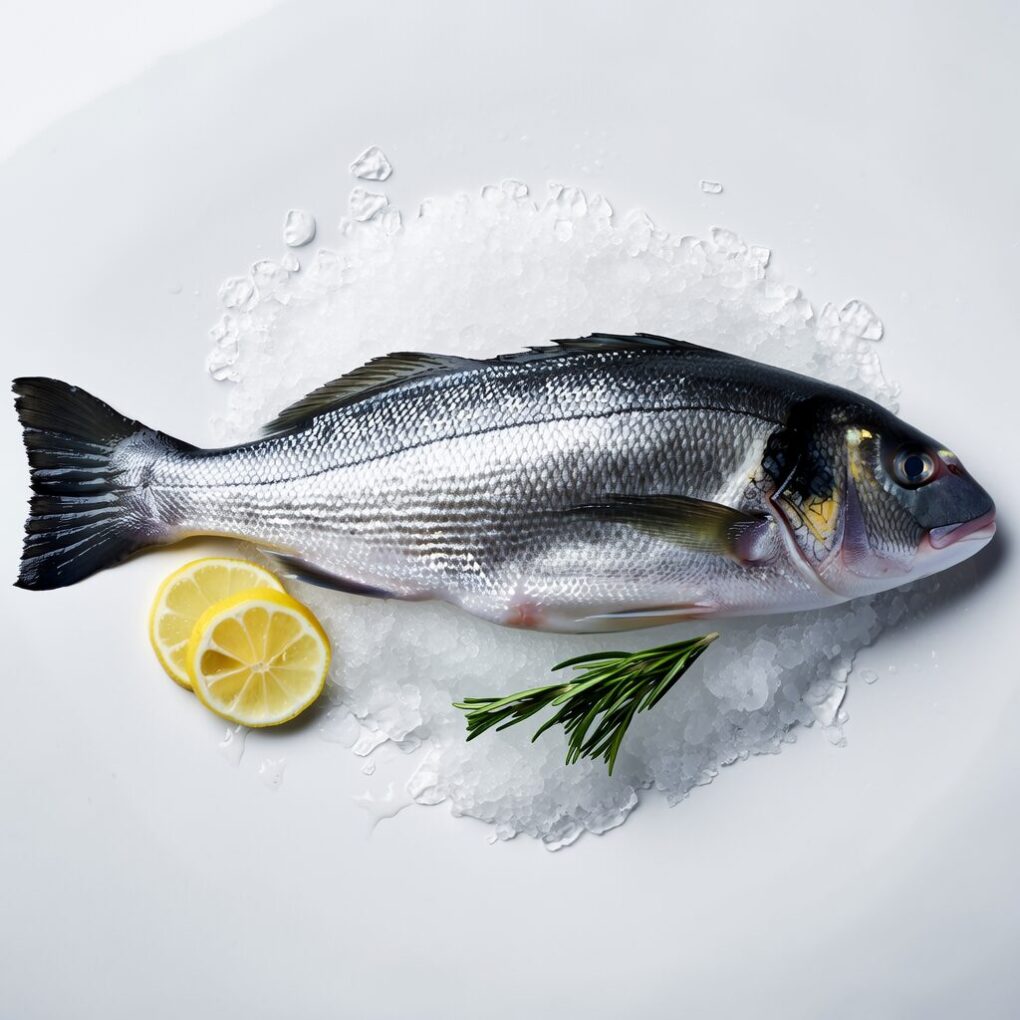Anglers have used different methods and tools to catch fish for centuries. Fly fishing is one such technique. This involves using artificial fly lures to lure fish to the bait. A fishing fly is a light lure made of feathers, fur and other natural or artificial materials. It is designed to look like insects, baitfish, or any other aquatic creature. The fly is tied to a hook with thread. This allows the fly to mimic the movements and movements of prey animals in water.
The Purpose of Fishing Flies
A fishing fly’s primary purpose is to catch fish and attract them to the hook. Fish are animals that depend on their sight for food. Certain types of flies may trick them into believing that they are seeing their prey. These lures can look like a variety of creatures, including caddisflies and minnows as well as frogs and mice.
The Different Types of Fishing Flies
There are many types of fishing flies. Each is designed to mimic a particular type of prey or fishing environment. Dry flies are the most popular, followed by wet flies and streamers. Each type has its own unique characteristics. Anglers will choose the fly that suits their needs based on the water they are using, the species of fish they are targeting and the time of the year.
Dry Flies
Dry flies mimic insects like stoneflies, caddisflies and mayflies by floating on the surface of water. These flies are usually made of hackle feathers. They are great for fishing in shallow waters with visible fish. Anglers often use different sizes and colors of dry flies in order to mimic the stages of insect development and match the hatch.
Wet Flies
Wet flies can be fished below water surface. They are usually made with soft hackle feathers that give them a lifelike movement. These flies are great for fishing deeper waters or when fish are not rising above the surface. Anglers often imitate small baitfish and insects by using soft, subtle movements.
Nymphs
Nymphs are created to imitate juvenile insects that live under water, such as stonefly or mayfly-nymphs. These flies are usually fished below the surface, and are often weighted to sink quickly. Anglers love Nymphs as they are very effective at catching fish in slow-moving waters.
Streamers
Streamers are made to imitate larger baitfish and other prey animals living in or near water, such as leeches or crayfish. These flies are usually larger than other types of fishing fly and brightly colored to attract predators. Streamers are often fished using a “stripping”, where the angler jerks their line to make the fly move erratically through the water.
Poppers
Poppers are used to make a splashing or popping sound on the water surface, which attracts fish to the area. These flies are used to target species like bass and panfish. They are often brightly colored and decorated with feathers or other materials to imitate other prey animals or insects. Poppers are a popular choice for anglers who love topwater fishing.
The importance of choosing the right fishing fly
The key to successful fly fishing is choosing the right fly. The wrong fly can cause you to lose fish, but the right fly can make a big difference in your success. Anglers need to consider several factors when choosing their fly. These include the time of day, the water type, and the species of fish they are targeting. Other factors such as the weather or the water temperature can also impact the effectiveness of your fly.
Matching the Hatch
Matching the hatch is an important factor in choosing a fishing fly. Matching the hatch is important. This means that the fly should closely resemble the natural baitfish or insects that are currently in the water. This will increase the chances of the angler attracting fish to their hooks. Fish will be less likely to mistake the fly as natural prey.
Experimentation
Experimentation is another important factor when choosing a fishing fly. Different flies work well in different situations. Anglers should be open to trying new approaches to find the best fly for them. This could mean trying different sizes and patterns or switching to a different fly altogether. Anglers can discover which fly is most effective in different situations by trying out different types of flies.
Fly Tying
Fly anglers often tie their flies themselves, rather than buying pre-made lures. This allows them to tailor-make their lures to their needs and experiment with different materials and techniques. Although fly tying can be time-consuming and complex, many anglers find it rewarding.
Fly Tying Tools
A few tools are required to tie a fishing rod. These include a fly tying vise and a bobbin. Hackle pliers, dubbing brushes, and bodkins are all possible tools. Anglers will also require a variety of materials, such as feathers, fur, and synthetic materials.
Fly Tying
Fly tying usually begins with the selection of the hook and attachment to the vise. The fly tyer will then attach the thread to the hook. To create the body and tail, different materials can be added to the thread. To create the wings and legs, additional materials such as hackle feathers and dubbing may be added.
In Conclusion
A fishing fly is a light lure used by fly anglers for catching fish. There are many types of fishing flies available. Each one is designed to mimic a particular type of prey or fishing environment. Anglers must choose the right fly for each situation and be open to trying different approaches to fly fish. Fly fishing, whether you tie your own flies or buy pre-made, is a rewarding hobby. It requires patience, skill, and an understanding of fish behavior.




